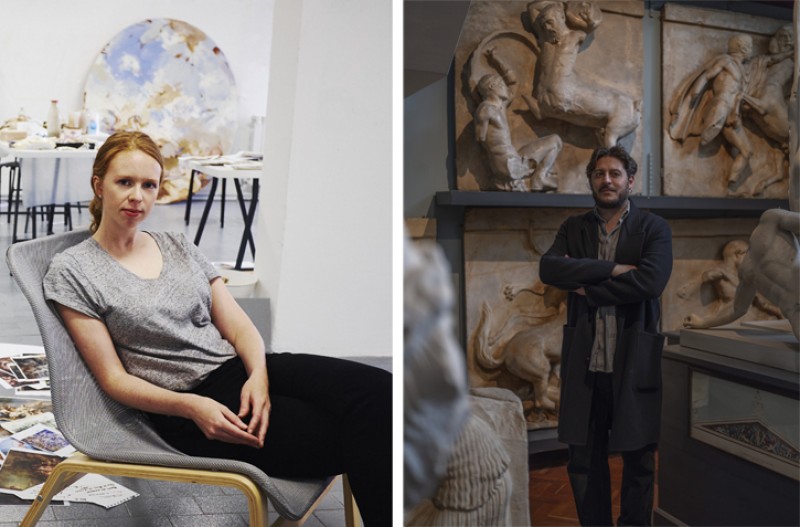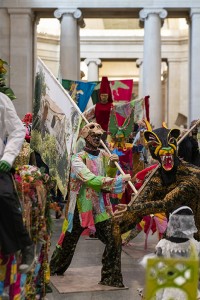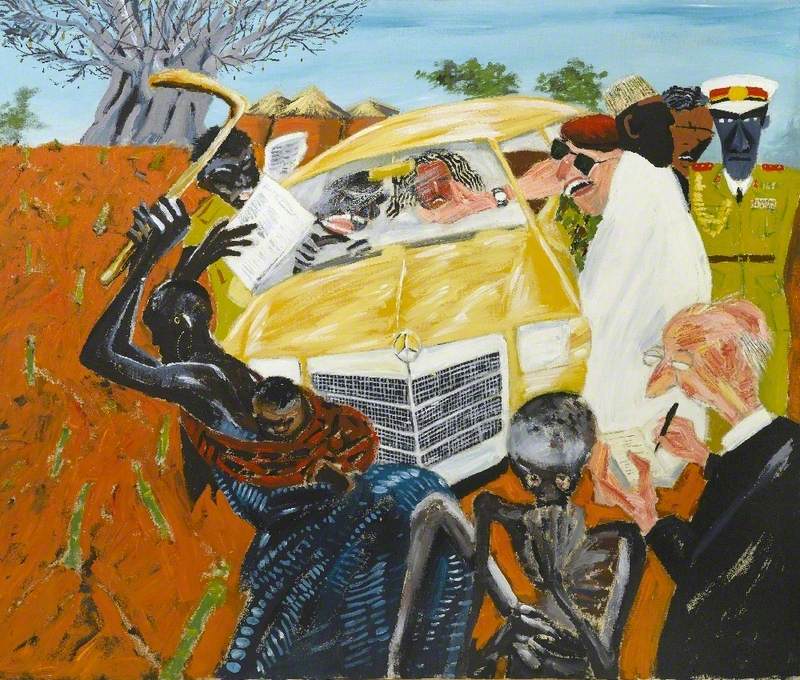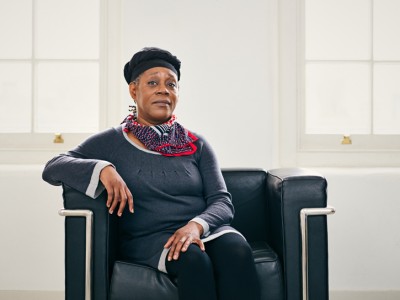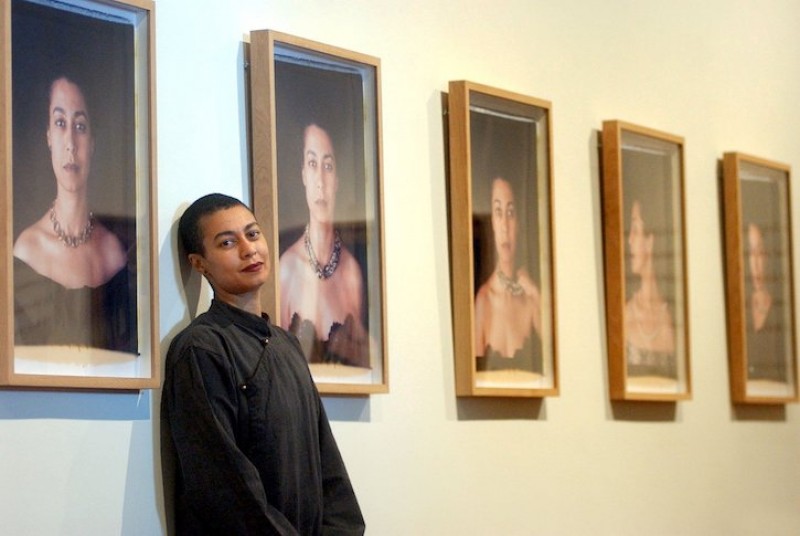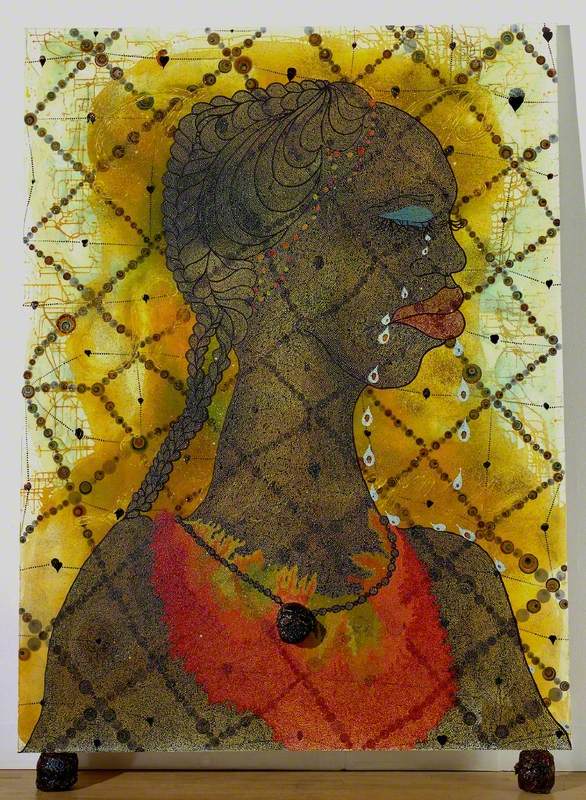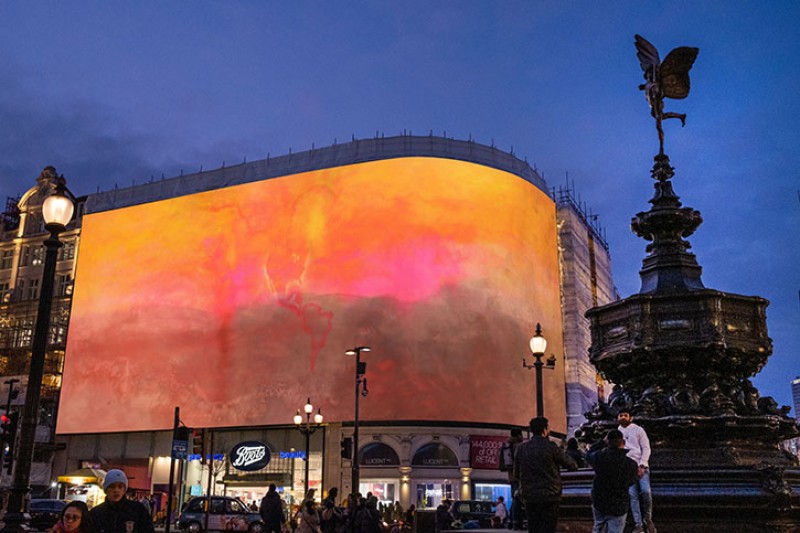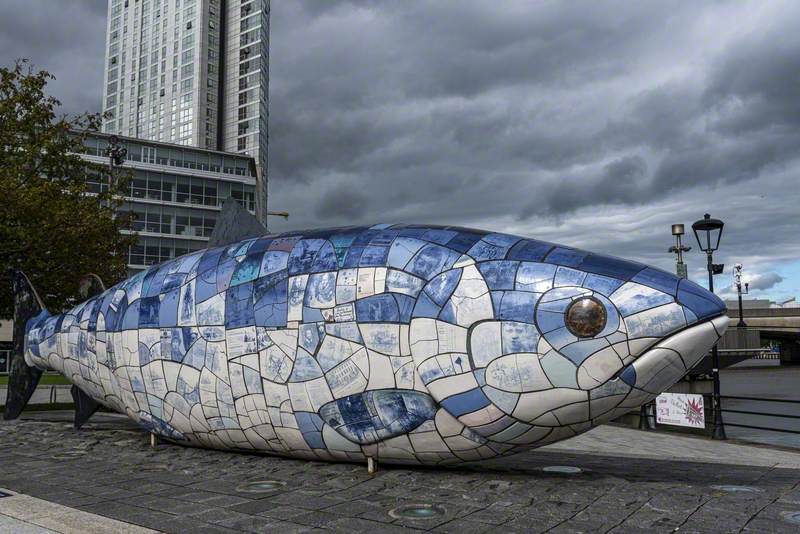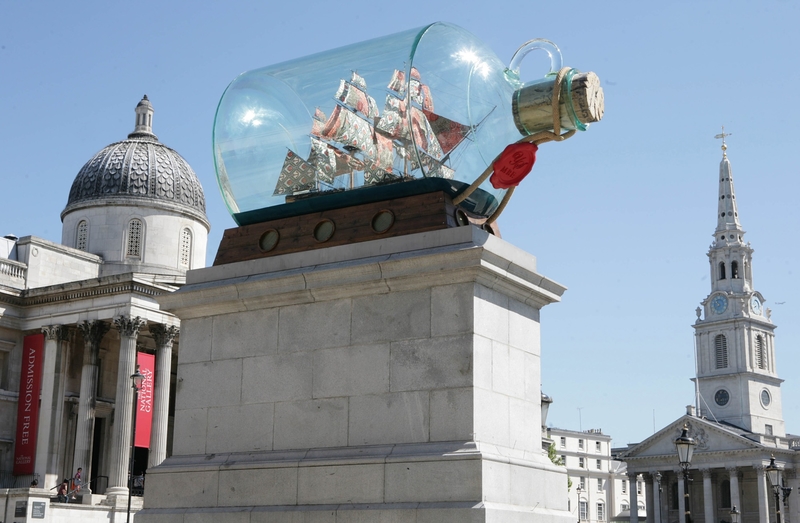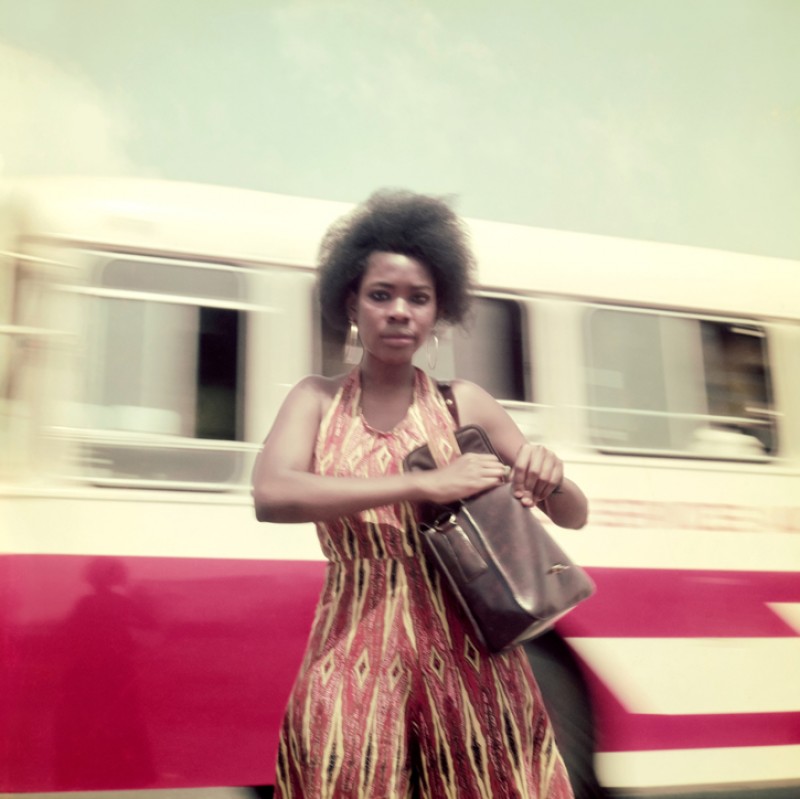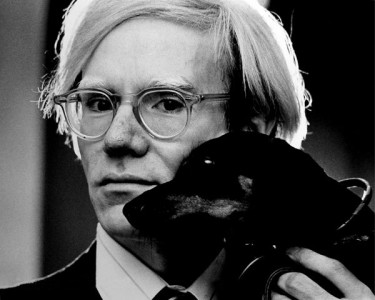Alfredo Jaar is most often referred to as a photographer, and he was even awarded the prestigious Hasselblad Award in 2020.
Yet, he sees himself more as a critic of our visual culture, a commentator on the 'politics of images', as he says. And in her 2012 essay about his art ('Alfredo Jaar: The Artist as Organic Intellectual'), the Belgian philosopher Chantal Mouffe underlined that his interventions provide a 'counter-information' or build a 'counter-environment'.
Alfredo Jarr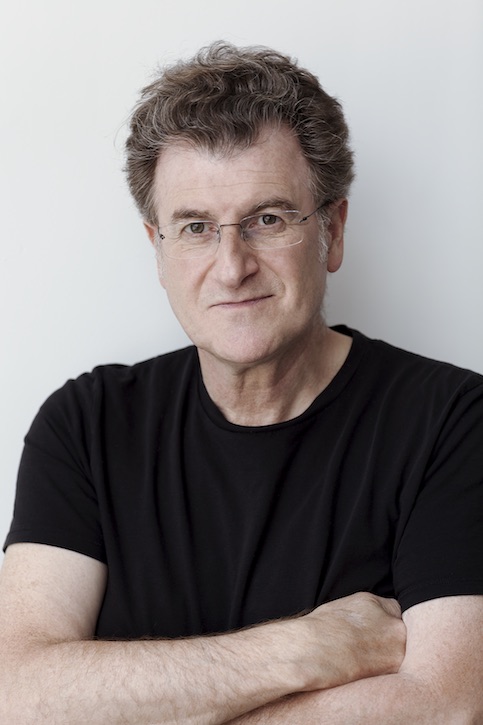
Having worked as an architect for years, after his arrival in New York City in the early 1980s, he became a visual artist – practising installations and interventions – as much as a photography maker, filmmaker and cultural activist. He also describes most of his work as a 'balance between information and poetry', as 'poetic visual interventions'.
This month, in London, two powerful exhibitions display some of his most striking work, reflecting on his 40 years of art and intervention.
'IF IT CONCERNS US, IT CONCERNS YOU' is on at the Goodman Gallery, on Cork Street in Mayfair. Another exhibition, '50 Years Later' at the Cecilia Brunson Projects, in Bermondsey, focuses on his visual representation of the dictatorship in Chile, 50 years after the coup – led by General Pinochet – that toppled the democratic regime of Salvador Allende.
Installation view of 'IF IT CONCERNS US, IT CONCERNS YOU' at the Goodman Gallery
'Searching for Africa in Life', 1966–2022, eight light-boxes with colour transparencies by Alfredo Jaar (b.1956) 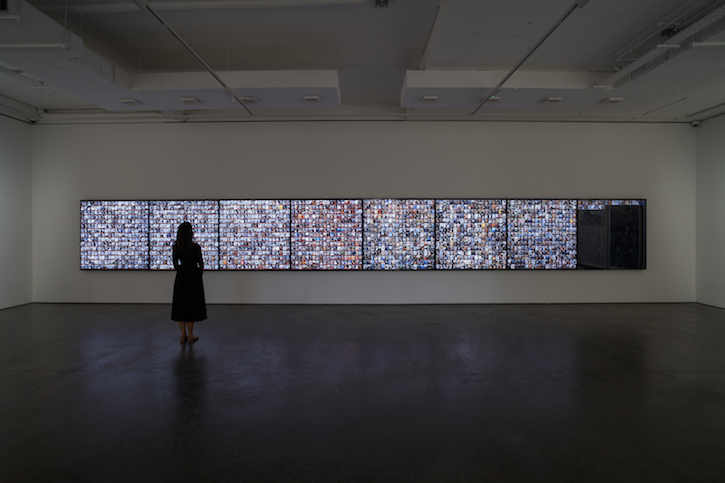
The Goodman Gallery's exhibition of Jaar's 'press work' chronicles the artist's '40-year critique of the Western media'. The exhibition features important pieces never exhibited before, which span his entire career, from the early 1980s through to new works created in 2022.
The show starts with one of Jaar's first 'press work', a BusinessWeek magazine cover, from 24th December 1984.
'BusinessWeek' Magazine Cover, December 24
1984, original magazine cover, red mat, blue frame by Alfredo Jaar (b.1956) 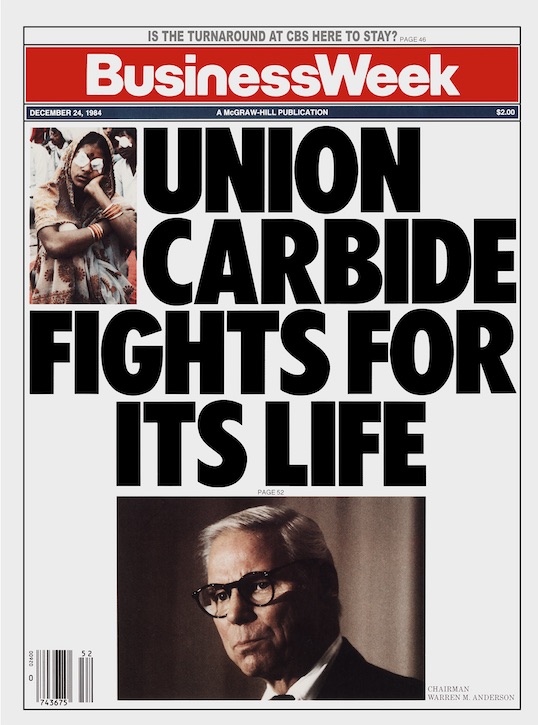
I led a tour with the artist on the opening night, preceded by an informal discussion. Jaar told me about this piece: 'The week before I produced it, there was this huge accident in Bhopal in India, due to a company called Union Carbide – thousands of people died, and thousands of others were blinded. It was one of the first huge industrial accidents in the history of humankind, and it was all over the news. And that week, BusinessWeek comes out, headlined "Union Carbide fights for its life". They give the main photograph to the chairman of the company. That was utterly shocking for me. I couldn't believe it…'
So, Jaar purchased the magazine, photographed the cover, and decided to show it.
'I was hoping that with the displacement from the media world, from the kiosk, into the cultural world, people would see it with different eyes and see what I was trying to suggest.'
Der Spiegel (America First)
2017, pigment print by Alfredo Jaar (b.1956) 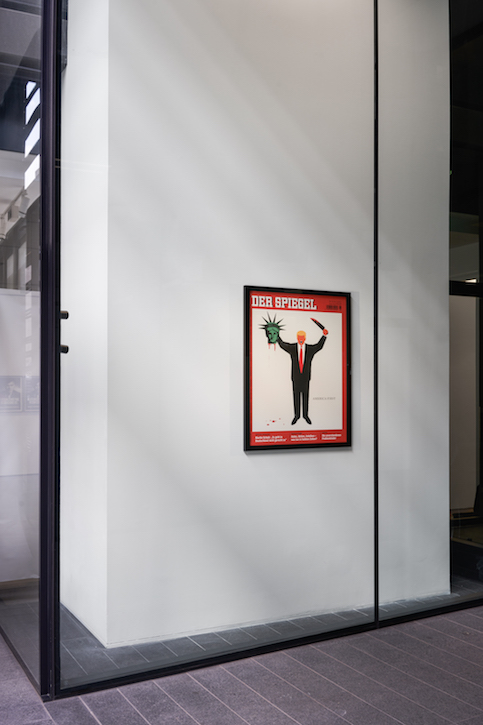
This is how Jaar's unique angle of media criticism started. The early 1980s in New York City, under the presidency of Ronald Reagan, were times of major economic and cultural shifts, and the beginning of neoliberalism.
Jaar was born in Chile in 1953, a country profoundly affected by the United States' interventions and support of the military coup of General Pinochet. Also, having spent his youth on the French-administrated Caribbean island of Martinique, Jaar formed a perspective on Western society unlike many others in the art world.
Esquire (The final decline and total collapse of the American avant-garde)
1979, pigment print by Alfredo Jaar (b.1956) 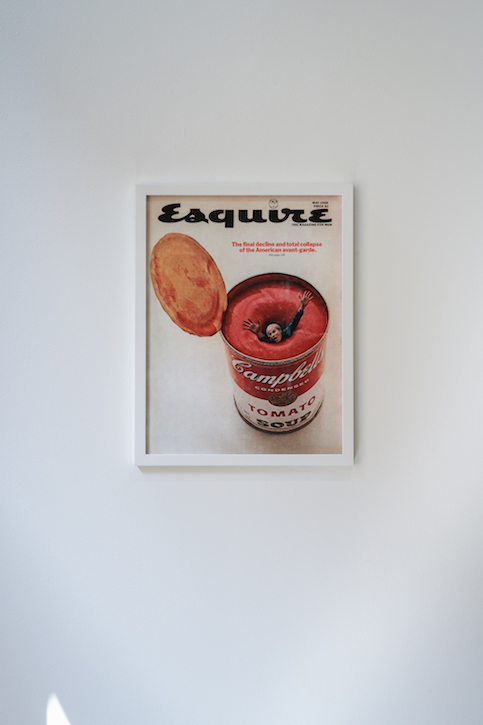
The second artwork in the exhibition, titled Esquire (The final decline and total collapse of the American avant-garde), shows the artist Andy Warhol drowning in one of his Campbell's soup cans. With this piece, Jaar wanted to underline his cultural politics.
'I identified with this statement – it confirms what I had discovered, that New York was a very self-centred art world, with artists talking about themselves, as if the world did not exist. And so, I thought, yes, this avant-garde should collapse.'
What will they leave behind?
1985, pigment print by Alfredo Jaar (b.1956) 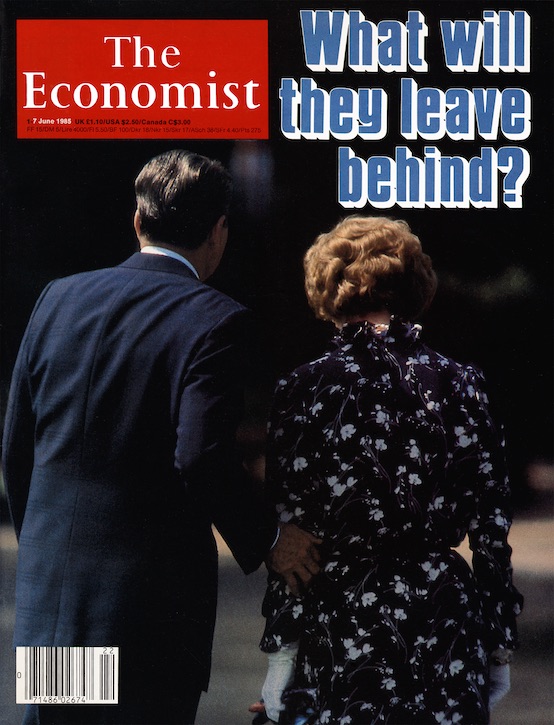
Above it, What will they leave behind?, from 1985, is a take from a cover by The Economist showing Ronald Reagan and Margaret Thatching walking together, turning their backs to the camera, as an echo of these ideas.
Installation view of 'IF IT CONCERNS US, IT CONCERNS YOU' at the Goodman Gallery
'What will they leave behind?', 1985, pigment print; 'You and Us', 1984, C-prints & pigment prints by Alfredo Jaar (b.1956) 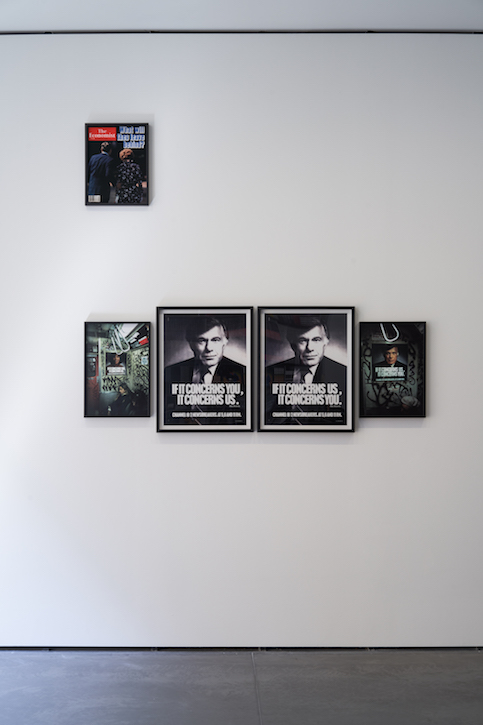
Next to it, his piece You and Us, from 1984, is one of the photography-based pieces that Alfredo Jaar has become the most renowned for. 'This is another kind of intervention,' Jaar explained, 'in the subway. This was the graffiti times, the time of Keith Haring, Jean-Michel Basquiat, and so on. When I saw this advertisement, titled "If it concerns you, it concerns us", from the news channel CBS, I wanted to intervene. I thought their baseline is interesting, but it should be in reverse. "If it concerns us, CBS, it concerns you! And we're going to tell you about things that interest us." So, I took that piece of advertisement, and I flipped it. And I made a few copies and put them back in the subway.'
Still on the main floor of the Goodman Gallery is more recent work from Jaar, inspired by the 20-year anniversary of the start of the war in Iraq, as well as the treatment of the war in Ukraine.
The Independent (Relationship with America)
2007, pigment print by Alfredo Jaar (b.1956) 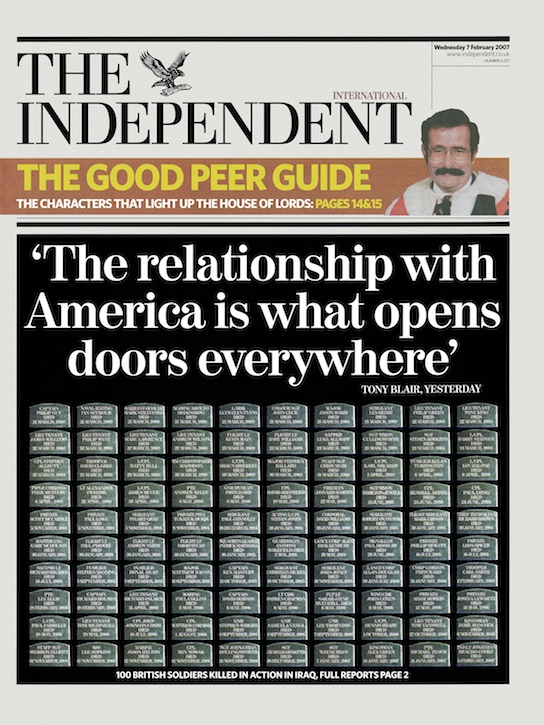
Two covers, from the French daily newspaper Libération and the British Independent, reflect media treatments that Jaar underlines as daring.
'At the time, The Independent was much more critical than now,' Jaar told me. 'And I applauded this cover. It reads: "The relationship with the US is what opens doors everywhere". And they have these 100 dead British soldiers, killed in action in Iraq, named under it. This is the kind of thing I expect from independent media which, today, is almost nowhere.'
Installation view of 'IF IT CONCERNS US, IT CONCERNS YOU' at the Goodman Gallery
'Mea Culpa', 2022, pigment print & magazine; 'War Criminal', 2022, pigment prints; 'Liberation (Brexit Let It Be)', 2019, lightbox with colour transparency by Alfredo Jaar (b.1956) 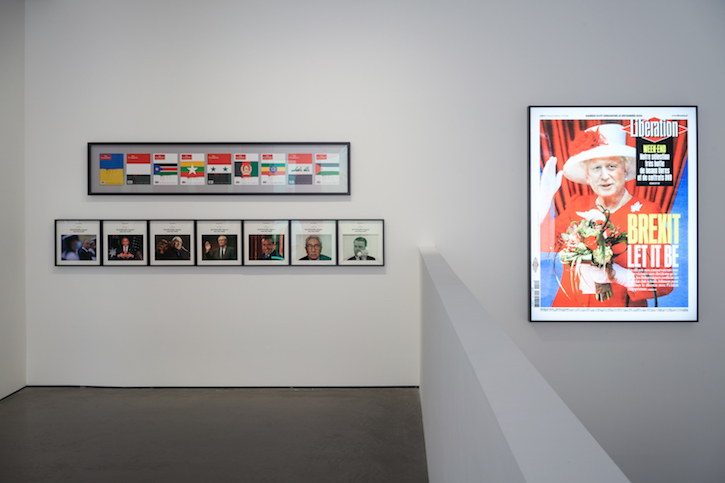
One of the other pieces on the same wall is called Three Killings, a selection of three photographs representing US presidents at the time of international crimes. We see Bush, Trump, then Biden, posing. For another piece, Jaar selected a recent cover by The Economist, displaying the Ukrainian flag with drops of blood between the two main colours, blue and yellow, and juxtaposed it with the flags of Yemen, Ethiopia, Sudan, Iraq, Afghanistan, Syria and Palestine, with the same feature.
'The US government has been obsessed with Ukraine,' Jaar said, 'like most of the Western media. And so I did this exercise to show them the rest of the world's wars.'
On the lower floor of the exhibition is some of Jaar's work about Africa and how African news is represented.
Detail of 'Searching for Africa in Life'
1966–2022, eight light-boxes with colour transparencies by Alfredo Jaar (b.1956) 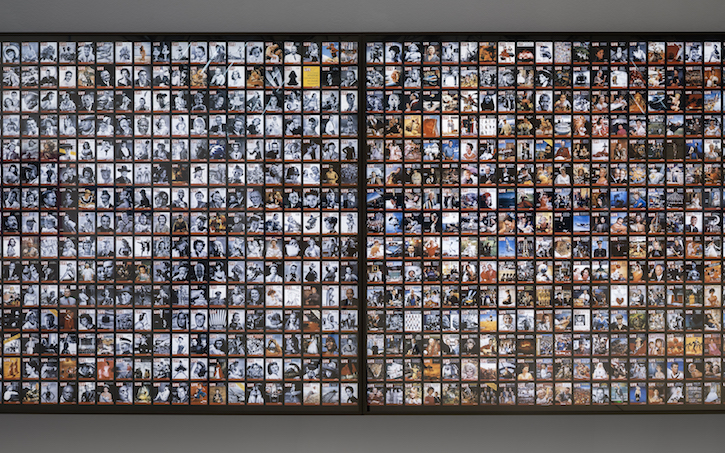
'All my work here is in the title', Jaar said. 'Searching for Africa in Life. We have all the covers from Life Magazine here, from 1936 to the 2000s, a review created to show the world to US citizens. There are 2,128 covers. I invite people to look for the cover dealing with the African continent. There are no more than five, and they mostly show animals – so it shows an institutionalised racism.'
From Time to Time
2006, C-print mounted on plexiglass by Alfredo Jaar (b.1956) 
A few other covers, from Newsweek, The New York Times, and The Economist, also show bias on the Rwandan genocide and other African tragedies, treated as 'hopeless' events.
Installation view of 'IF IT CONCERNS US, IT CONCERNS YOU' at the Goodman Gallery
'Der Spiegel (Afrika)', 2007, pigment print; 'The Economist (The hopeless continent)', 2000, pigment print by Alfredo Jaar (b.1956) 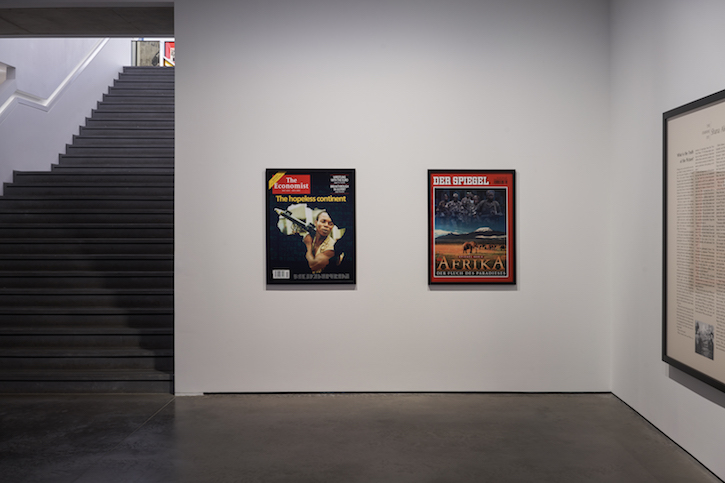
As Jaar told me in 2019: 'I respond to the reality around me. I've never been a studio artist. My motto is that before acting into the world, I need to understand it.'
More than ever, the art of Alfredo Jaar addresses strategies of representation of real events. At a time when the media represent reality less and less, his contribution stands as more precious than ever.
Melissa Chemam, writer, cultural journalist and reporter
'Alfredo Jaar: IF IT CONCERNS US, IT CONCERNS YOU' is at Goodman Gallery until 4th May 2023
'Alfredo Jaar: 50 Years Later' is at Cecilia Brunson Projects until 19th May 2023
In 2023, Alfredo Jaar's work will also be exhibited at Munich's Pinakothek del Moderne, the Hiroshima Museum of Contemporary Art and the Museo Nacional de Bellas Artes in Santiago
